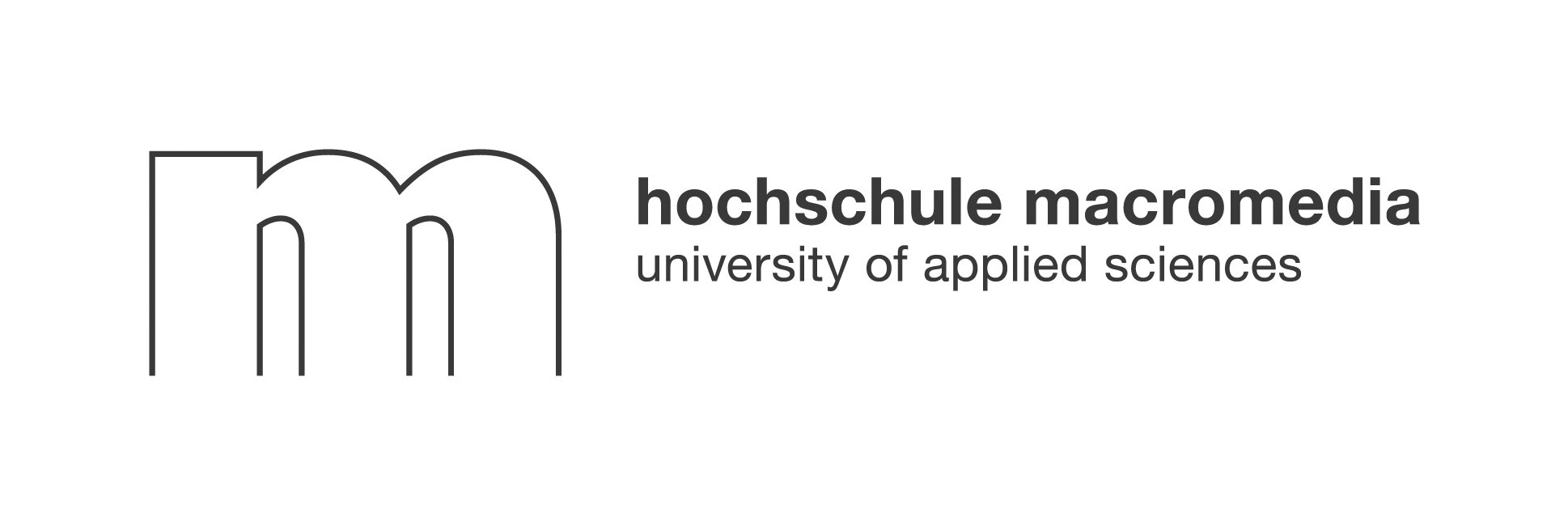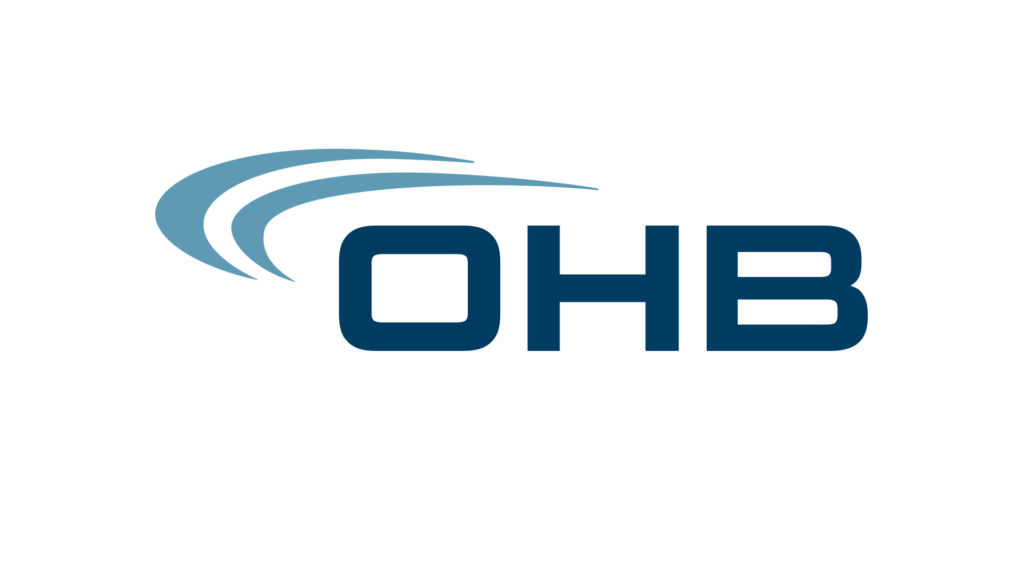What makes work truly meaningful in 2025? For many, the answer is employee fulfillment—a deeper, more personal sense of satisfaction that goes far beyond traditional engagement. In an era where hybrid and remote work are the norm, organizations are rethinking how to foster genuine connections and purpose at work. This guide unpacks what employee fulfillment really means, why it matters more than ever, and how innovative platforms like Neroia are revolutionizing the way companies build purpose-driven, connected workplaces.
Understanding Employee Fulfillment in 2025’s Workplace
What “fulfillment” really means
Employee fulfillment is more than just enjoying your job or feeling engaged. It’s the sense that your work truly matters, aligns with your personal values, and helps you grow both professionally and personally. Fulfillment is about belonging, purpose, and the knowledge that your contributions make a difference. According to recent surveys, over 80% of workers now rank finding meaning and purpose at work among their top priorities.
"Fulfillment is a feeling of contentment or completeness that comes from the accomplishment of our most important goals."
— O.C. Tanner
Employee fulfillment vs. engagement: the key differences
While employee engagement focuses on motivation and commitment to company goals, employee fulfillment goes a step further. Engagement measures enthusiasm and dedication; fulfillment measures whether employees feel truly valued, connected, and able to express their authentic selves. An employee can be engaged without feeling fulfilled, but fulfillment almost always includes high engagement—plus a sense of purpose and belonging.
Why the demand for fulfillment is rising across generations
Today’s workforce, especially Millennials and Gen Z, expects more than a paycheck. They want careers that reflect their values, offer growth, and provide real community. Hybrid work has amplified this need: with fewer in-person touchpoints, employees crave authentic connections and a sense of impact. As a result, companies that fail to prioritize employee fulfillment risk higher turnover and disengagement, while those that get it right attract and retain top talent.
The Business Case: How Fulfillment Drives Retention, Productivity, and Innovation
Employee fulfillment isn’t just a “nice to have”—it’s a strategic advantage. Research shows that fulfilled employees are:
- 3x more likely to stay with their employer
- 18% more productive on average
- More likely to contribute innovative ideas
When people find meaning and community at work, they’re happier, more resilient, and more collaborative. They’re also less likely to burn out and more likely to recommend their workplace to others. In short, fulfillment fuels a positive cycle: happy employees drive better business outcomes, which in turn create a more supportive and rewarding environment.
Core Pillars of Employee Fulfillment
What are the building blocks of fulfillment at work? Leading studies and real-world examples point to five essential pillars:
Purpose
Purpose is the “why” behind the work. Employees need to see how their efforts connect to a bigger mission—whether that’s helping customers, driving innovation, or making a positive impact on society. Purpose-driven workplaces communicate their vision clearly and help every team member see their unique contribution.
Growth
Personal and professional growth are vital for fulfillment. Employees want to learn new skills, take on challenges, and see a clear path forward. Growth isn’t just about promotions; it’s about continuous development, feedback, and opportunities to stretch.
Balance
Balance means having the flexibility to manage work and life in a way that feels sustainable. It’s not just about hours worked, but about autonomy, trust, and the ability to recharge. Fulfilled employees report higher well-being and lower stress when balance is supported.
Community
A sense of community is crucial. Fulfillment thrives when employees feel connected to colleagues, included in decision-making, and able to form authentic relationships. Community is built through shared experiences, open communication, and a culture of belonging.
Recognition
Feeling valued is a powerful driver of fulfillment. Regular, meaningful recognition—whether from peers or leaders—reinforces positive behaviors and shows employees they matter. Recognition programs, when done well, boost morale and reinforce company values.
Table: The Five Pillars of Employee Fulfillment
Assessing Fulfillment Levels in Your Organization
How do you know if your employees are truly fulfilled? Start by measuring both quantitative and qualitative signals.
Quantitative tools: surveys, pulse checks, dashboards
Regular employee surveys and pulse checks can reveal how people feel about their work, relationships, and growth opportunities. Modern HR dashboards track trends in satisfaction, engagement, and turnover, providing a data-driven view of fulfillment.
Qualitative signals: behavior, sentiment, stay interviews
Beyond numbers, look for behavioral cues: Are employees proactive, positive, and collaborative? Stay interviews—conversations focused on why employees remain with your company—offer rich insights into what drives fulfillment and what might be missing.
Benchmarking against industry standards
Compare your organization’s fulfillment metrics to industry benchmarks. Are your people more or less likely to recommend your workplace? How do your growth and recognition programs stack up? Benchmarking helps identify strengths and gaps.
Strategies to Increase Employee Fulfillment on Any Budget
Building a fulfilling workplace doesn’t require unlimited resources. Here’s how organizations can make a real impact:
Designing a values-aligned culture
Start by clarifying your mission, vision, and values. Embed these into daily practices, communications, and decision-making. Hire for cultural fit and onboard new employees with a clear sense of purpose.
Empowering managers as fulfillment coaches
Train managers to support individual growth, recognize achievements, and connect team members to the company’s mission. Encourage regular one-on-ones focused on career development and well-being.
Granting flexibility and autonomy where it counts
Offer flexible work arrangements, empower employees to make decisions, and trust them to manage their time. Autonomy boosts ownership and satisfaction, especially in hybrid and remote environments.
"Organizations should give people a say in how they work, as well as what work they do."
— O.C. Tanner
Programs That Scale Fulfillment: Mentoring, ERGs, and Beyond

To move from good intentions to real impact, companies need scalable programs that foster connection and growth.
Mentorship frameworks
Mentoring provides guidance, support, and networking opportunities. Structured programs—pairing mentors with mentees based on interests and goals—help employees navigate challenges and envision their future.
Employee Resource Groups for belonging
ERGs create communities around shared backgrounds or interests, promoting inclusion and support. They offer safe spaces for dialogue, learning, and advocacy, strengthening the sense of belonging.
Learning paths and career mapping
Personalized learning journeys—supported by training, stretch assignments, and career mapping—empower employees to grow at their own pace. Transparent paths to advancement keep people motivated and invested.
Bullet List: Signs Your Fulfillment Programs Are Working
- Employees volunteer for projects and share new ideas
- Peer-to-peer recognition is frequent and genuine
- Participation in ERGs and mentoring is high
- Turnover rates are below industry average
Measuring Impact and Iterating for Continuous Fulfillment
Creating a fulfilling workplace is an ongoing journey. To sustain progress, organizations must measure, learn, and adapt.
KPIs to track over time
Monitor key metrics such as retention, internal mobility, participation in development programs, and employee Net Promoter Score (eNPS). Track these over time to spot trends and opportunities.
Closing the feedback loop and celebrating wins
Share results with employees, act on their feedback, and celebrate progress—big or small. Recognizing improvements reinforces trust and motivates continued engagement.
Ordered List: Steps to Continuous Fulfillment
- Collect feedback regularly (surveys, interviews, analytics)
- Analyze data and identify action areas
- Implement targeted improvements (programs, policies, tools)
- Communicate changes and recognize contributions
- Repeat the cycle for ongoing growth
How Neroia’s AI-Driven Approach Is Redefining Employee Fulfillment
Traditional company-organized initiatives—like generic team-building days or “one-size-fits-all” wellness programs—often fall short in today’s hybrid work landscape. Why? Because they miss the mark on personalization, authenticity, and sustained connection. Employees end up feeling isolated, uninspired, or disconnected from the company’s purpose.
Neroia offers a refreshing alternative. As a social employee benefits platform, Neroia uses artificial intelligence to effortlessly discover and recommend micro-events—small group activities tailored to each employee’s interests, values, and schedule. These events (think yoga sessions, cycling meetups, or cultural exchanges) are designed for 3-4 participants, fostering authentic connections and breaking down workplace silos.
"There is only a 1% chance you will feel fulfilled if you lack meaningful relationships at work."
— Imperative Workforce Purpose Index
By integrating with existing engagement tools—like pulse surveys, mental health apps, and recognition platforms—Neroia creates a unified ecosystem for employee fulfillment. The platform’s AI chat orchestrates coordination, ensuring that everyone feels included while maintaining privacy through anonymized analytics.
Real-world impact: OHB pilot and beyond
In a recent pilot with OHB, Neroia’s platform curated yoga classes and company runs, matching employees based on shared interests and availability. The result? Higher participation, stronger relationships, and measurable improvements in well-being and engagement. Employees reported feeling more connected and valued, even in a hybrid setting.
Why Neroia’s approach works in 2025
Neroia’s solution aligns perfectly with 2025’s workplace trends:
- Purpose-driven engagement: Activities are matched to personal values, supporting deeper meaning and motivation.
- Psychological safety: Small, informal gatherings make it easy for everyone to participate, lowering barriers for introverts or remote workers.
- Well-being focus: Events like wellness classes and cultural exchanges promote holistic health and work-life balance.
Unlike traditional programs, Neroia’s AI-driven micro-events adapt to changing needs and preferences, ensuring that every employee can find their community and thrive.
Bullet List: How Neroia Breaks the Mold
- Curates personalized, small-group activities for authentic connections
- Integrates seamlessly with existing HR and engagement tools
- Protects employee privacy with secure, anonymized data
- Encourages cross-departmental relationships, breaking down silos
- Adapts in real time to evolving employee interests and schedules
The Future of Employee Fulfillment: Connection, Well-being, and Growth
In 2025 and beyond, employee fulfillment will be the gold standard for thriving organizations. The old model—top-down, generic programs—no longer fits. Instead, companies must foster environments where employees feel seen, heard, and valued as individuals.
Neroia’s AI-powered platform leads this revolution by making it easy to build vibrant, purpose-driven communities at work. By focusing on authentic relationships, well-being, and continuous growth, Neroia helps organizations unlock the full potential of their people—no matter where or how they work.
"By prioritizing employee fulfillment, companies can enhance their reputation, attract top talent, and strengthen both team morale and the company’s bottom line."
— Chronus
For organizations ready to move beyond engagement and create workplaces where everyone feels fulfilled, Neroia is the trusted partner for the journey ahead.




